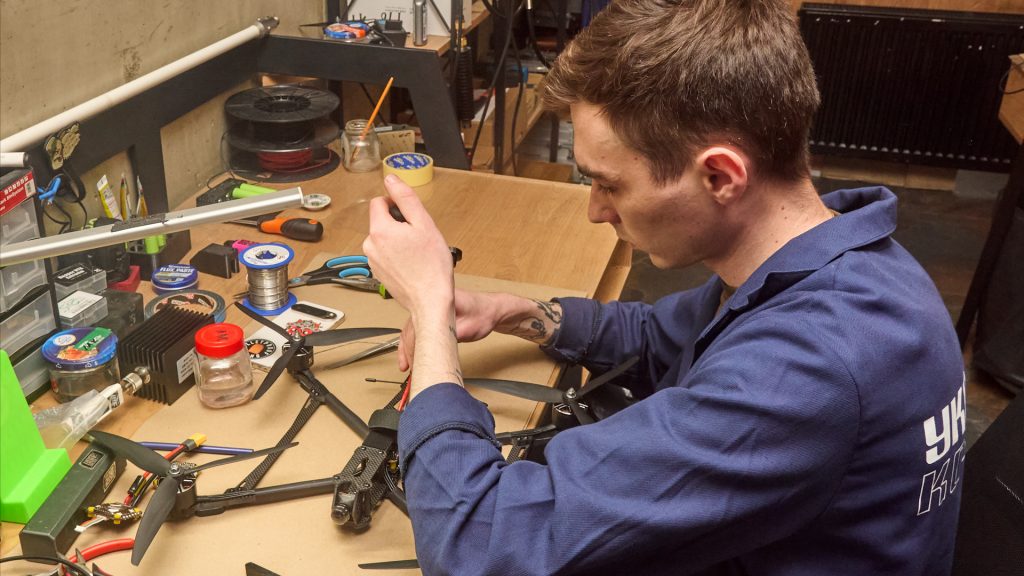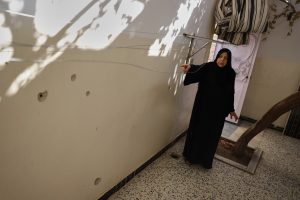Ukraine signs new deals to build hundreds of thousands of drones

Russia and Ukraine exchanged a new wave of large-scale drone strikes over the weekend, targeting infrastructure and military sites across both countries. Ukraine’s attacks disrupted flights at major Russian airports in Moscow and St. Petersburg, while Russia launched more than 150 drones at Ukrainian cities, injuring civilians in Kyiv, Kharkiv and Mykolaiv.
Ukrainian officials also reported deadly strikes in Kostyantynivka that killed four people.
The surge in drone warfare follows what Kyiv described as the largest Russian assault on the capital since the start of the war and comes amid mounting pressure on Ukraine’s front lines.
Ukraine aims to scale drone production
President Volodymyr Zelenskyy announced new agreements with European partners and a U.S.-based defense company, Swift Beat, to boost drone manufacturing. Swift Beat, founded by former Google CEO Eric Schmidt, has existing operations in Ukraine and specializes in AI-powered drone systems.
Zelenskyy said the deal could produce hundreds of thousands of drones in 2025 and allow further scaling of drone production in 2026. He called interceptor drones a “clear priority” and emphasized Ukraine’s goal to build more long-range strike drones and battlefield quadcopters for reconnaissance and fire correction.
The announcement comes as the U.S. has paused shipments of key munitions, including Patriot interceptors and precision missiles, due to a Pentagon-led reassessment of American stockpiles.
How is Ukraine responding to the US weapons pause?
The pause, ordered by Defense Secretary Pete Hegseth and backed by President Donald Trump, is part of a broader Pentagon reassessment to preserve U.S. inventories amid global security obligations.
In response, Ukraine’s Foreign Ministry summoned a top U.S. diplomat to seek answers, warning the delay could embolden Russian forces, who have recently massed troops near Sumy.
Zelenskyy said Ukraine is working closely with the United States to clarify ongoing defense support, including air defense.
“Currently, at the working level, Ukraine and the U.S. are clarifying all the details of the defense support, including the air defense component,” he said. “One way or another, we must ensure protection for our people.”
Ukraine’s evolving drone strategy
Since the start of the war, Ukraine has rapidly scaled up domestic drone production, from improvised devices to sophisticated systems capable of striking targets deep inside Russia. As of mid-2025, Ukraine produced as many as 200,000 drones per month, with constant adaptations to Russian jamming and countermeasures.
What this means for US defense policy
Former U.S. national security officials say Ukraine’s battlefield-tested drone technology offers lessons for the Pentagon. They argue the U.S. should deepen technological cooperation, pursue coproduction and license Ukrainian designs to develop low-cost, scalable systems.
With rivals like China and Iran closely monitoring developments, some military analysts warn that slowing support for Ukraine could mean ceding access to some of the most innovative battlefield technologies in use today.





